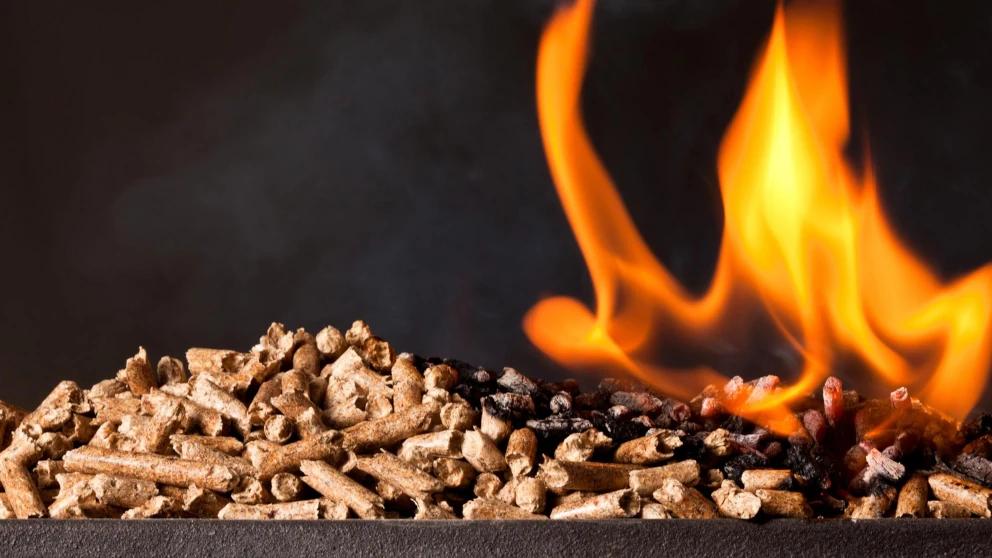Sintering in a pellet boiler is a problem faced by some users of these eco-friendly heating systems. Check out our comprehensive guide, in which we point out the causes of sintering and how to remove it!
What is sintering in a pellet boiler?
Caking is a compact, hardening deposit formed from ash that forms in the combustion chamber of a pellet boiler. They are usually black or gray masses that can impede the proper combustion of pellets.
Why do they appear?
Low-quality pellets that contain a lot of tar or excess moisture can contribute to sintering. Another cause is too low a combustion temperature, which leads to incomplete combustion of the pellets and the accumulation of sludge.
Pellet cinders - effective removal
If sintering occurs, it is usually necessary to remove it mechanically. For this, you can use special brushes for cleaning the combustion chamber or use professional service. When removing sinters, proceed with caution so as not to damage boiler components.
There are also special chemical preparations on the market that help dissolve sinters. Always use them according to the manufacturer's recommendations and make sure they are safe for your specific boiler model.
Caking in a pellet boiler - how to prevent it?
-
Regular maintenance - removing ash and cleaning the combustion chamber helps prevent the formation of sintering. Perform this activity at least once a week during the heating period.
-
Use high quality pellets - choosing high quality pellets with low ash content is key. Better-quality pellets burn more efficiently, producing less ash and reducing the risk of sinter formation.
-
Adjust boiler settings - make sure your boiler settings are optimal for the type of pellets you are using. Adjusting the combustion temperature and the amount of air supplied can help avoid incomplete combustion and the formation of sinter.
What is the danger of sintering in a pellet boiler?
Caking in a pellet boiler can lead to a number of problems, both in terms of the efficiency of the device and the safety of its use. What are the main risks associated with the presence of caking in a boiler?
Decrease in combustion efficiency
Caking makes it difficult to burn pellets properly, which can lead to incomplete combustion. This results in reduced energy efficiency of the boiler, thus increasing pellet consumption and higher heating costs.
Increased risk of boiler failure
The accumulation of sinter can block the flow of air necessary for the combustion process or impede the operation of individual boiler parts, increasing the risk of failure. Repairing damaged components often involves high costs.
Emission problems
Incomplete combustion of fuel, to which the presence of sinters contributes, results in increased emissions of harmful substances into the atmosphere. This can have a negative impact on the environment and the health of residents.
Increased fire risk
Caking can become a source of ignition if the boiler is operated under suboptimal conditions. The accumulation of flammable deposits in the combustion chamber increases the risk of fire.
Caking in a pellet boiler can be a nuisance, but by following the tips in this article you will effectively prevent it. The key is to clean and maintain your boiler regularly, use quality pellets and adjust the settings of your appliance accordingly. By keeping these rules in mind, you can count on efficient and environmentally friendly home heating all season long!
